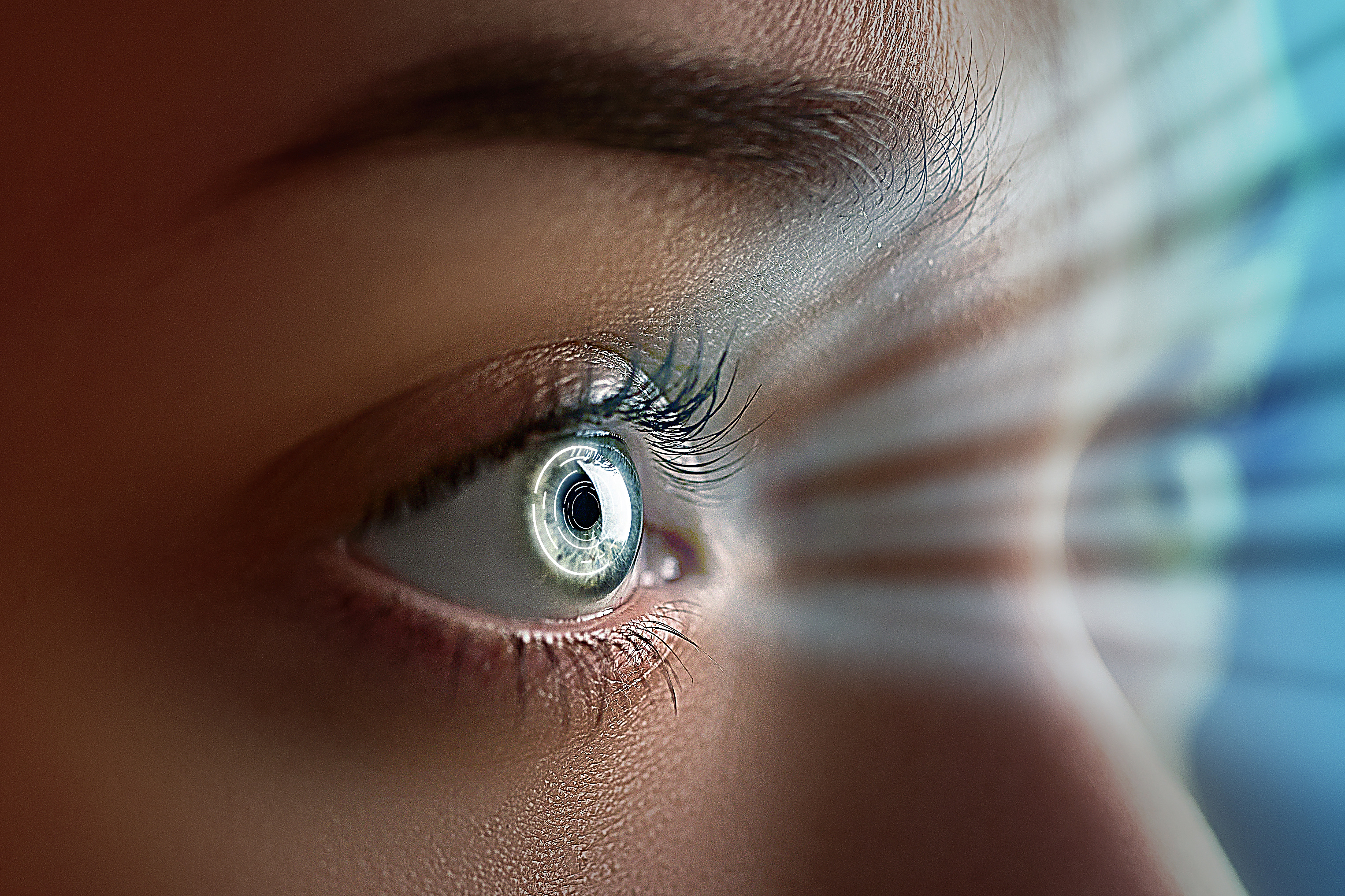How to Think About Thinking

“Pay attention!”
We’ve heard that demand—maybe not in so many words—from everyone from parents, teachers, and bosses to the ad hucksters that permeate every environment.
But just what exactly does “attention” mean?
To the air traffic controller, managing multiple planes as they traverse her screens, it means “stay vigilant.”
For the youngster entranced by a scampering dog as he approaches an intersection, it means “switch your focus to avoid danger.”
Somewhere in between, say, is the student engaged in a chemistry experiment in parallel with a dozen others, who needs to manage both kinds of “attention” at once.
Neuroscience is tough work. At base, what a neuroscientist is trying to do is understand how the sensory, cognitive, philosophical concepts we’ve built up about our minds throughout human history work—or perhaps actually don’t work—at the cellular, electrical, computational level of our neurons. It’s jarring to realize that we can’t really ask the right questions until we’ve defined the terms we’ve used so blithely for centuries.
 UChicago’s John H. R. Maunsell, PhD, and his colleague, Thomas Luo, PhD, are working on it. Last year, they offered some clarity, gleaned from research by several hundred neuroscientists over the past six decades, in an important paper produced for a colloquium of the National Academies of Sciences and Engineering in Irvine, CA.
UChicago’s John H. R. Maunsell, PhD, and his colleague, Thomas Luo, PhD, are working on it. Last year, they offered some clarity, gleaned from research by several hundred neuroscientists over the past six decades, in an important paper produced for a colloquium of the National Academies of Sciences and Engineering in Irvine, CA.
They start with a baseline: attention is any brain function that selects a particular course of action. But timescales differ vastly; the attention one uses to perfect the violin or even cook a meal is quite different from glancing up to notice a fly in the room. How do our neurons select a focus and decide how much energy to put into encoding information about the environment we inhabit?
Maunsell and Luo describe the many ways scientists have broken down the larger concept of “attention.” It can be selective—used to improve a specific task—or generalized, to multiple tasks at once. It may be volitional, prompted by our own internal needs; evoked by external triggers, like a bolt of lightning; or residual, a recalling of an event or concept we learned yesterday or long ago. And sometimes attention means looking for a specific cue, like checking a traffic signal or seeking a nod from our colleagues before we decide how to proceed.
Maunsell and Luo explore how these various kinds of attention, and many more, are linked to particular areas, structures, and cell types in the brain, as well as the degree and speed of neuronal firing involved. Designing experiments to explore how each of these work will require very precise definitions of each kind of attention.
One construct Maunsell and Luo find useful is signal detection theory, a conceptual breakthrough that applies to electrical circuits in both the brain and man-made machines. This theory makes it possible to cleanly separate the benefits of attention into two categories. One is the ability to tell similar objects or sounds apart (“This day’s so sunny, but that one glitter of light is the key I dropped.”) The other relates to adapting choices to better match the current situation ("I can ignore everything that is bigger than my key.”) Maunsell and Luo note that these two aspects of attention are independent, and by manipulating the levels of each in relation to the other, we can see which areas of the brain are important for controlling each form of attention.
This division, they say, is almost certainly incomplete. Rigorously defining attention may involve even further levels of sub-components. What we call “attention” is likely to depend on a confederation of different brain regions all making distinct contributions and working together as remarkably cooperative whole. This multiplicity of factors makes designing experiments on “attention” incredibly complex.
If, as many have suggested, neuroscience is biology’s final frontier, it is also an ultimate challenge. Thousands of years of reflection on the human mind has left us hard-wired with concepts that are intuitive, descriptive, and wildly unscientific. Understanding the mechanisms of the human brain will require much greater definitional precision. But in the end, better definitions will allow us to develop the theoretical constructs—like the periodic table for chemistry or the theory of evolution for biology—that can move neuroscience forward and help us understand how our brains work.
And hopefully not just more effective advertising.
Elise Wachspress is a senior communications strategist for University of Chicago Medicine & Biological Sciences Development.